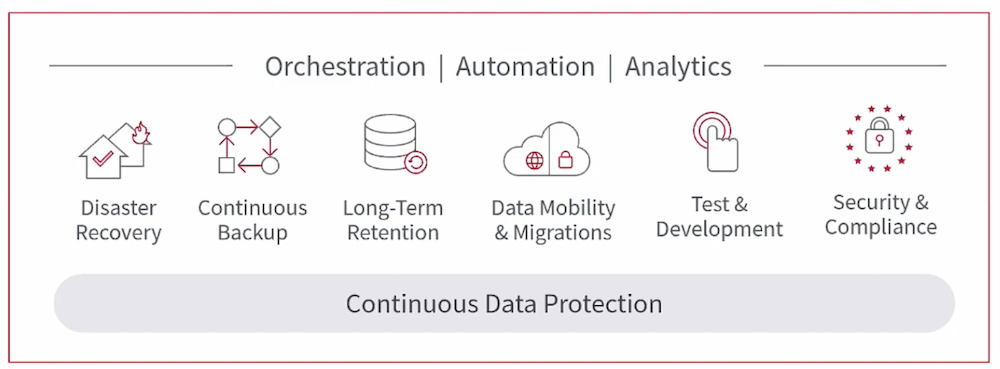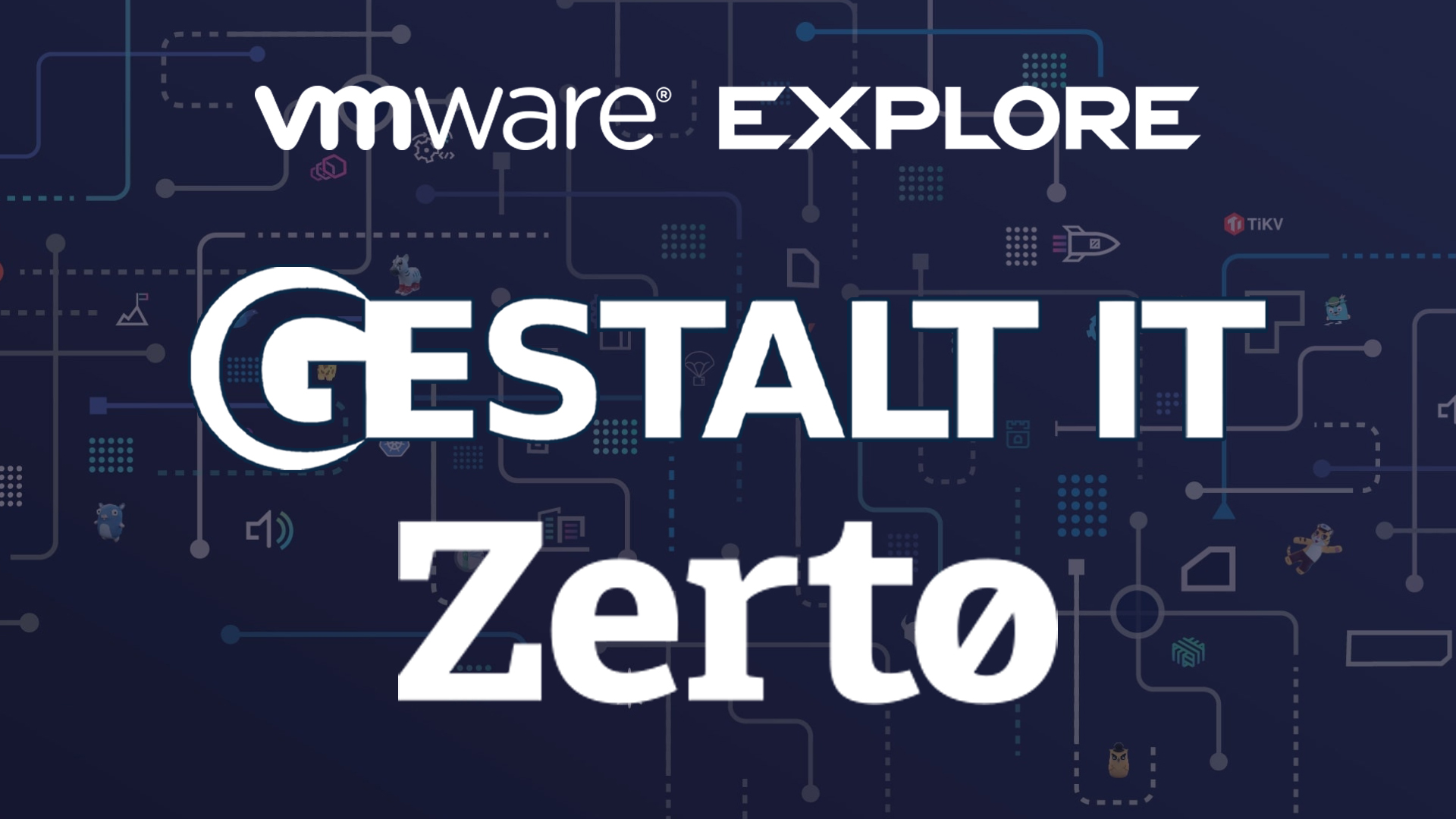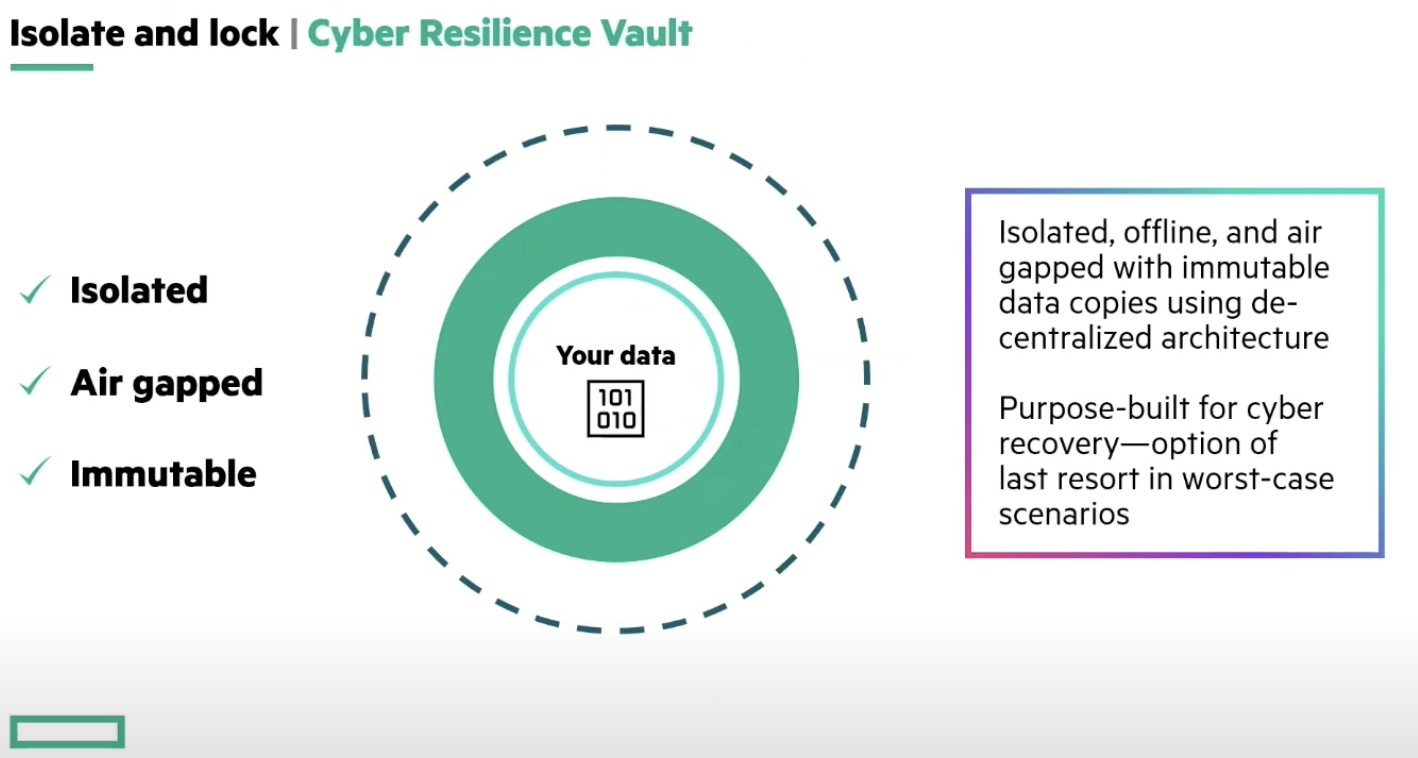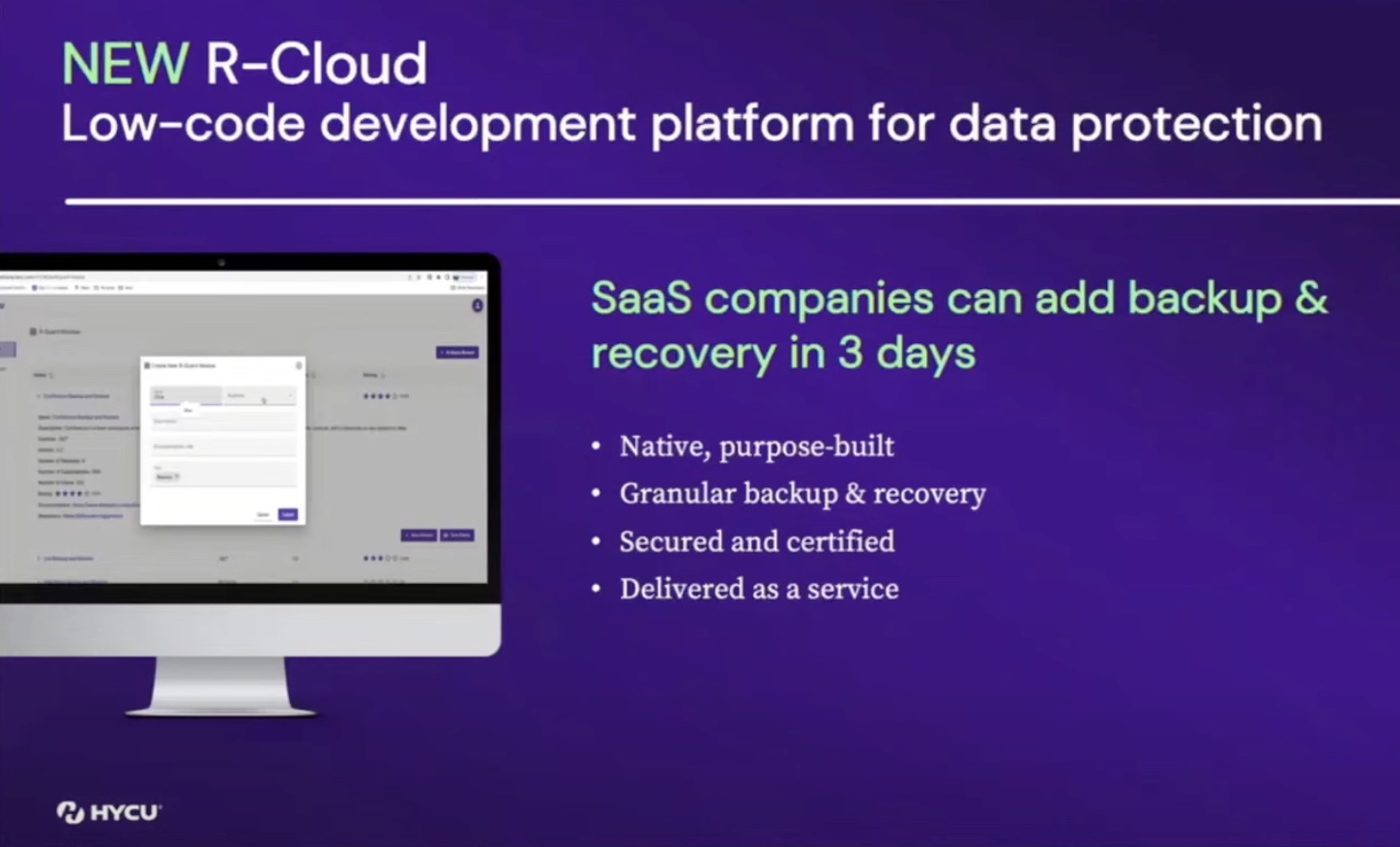For today’s enterprise IT departments, the task of managing and securing data across clouds introduces complexity and granularity that can become major time sinks for practitioners without the requisite skill set. Instead of investing in unicorn personnel or multiple expensive tools to do the job, organizations can instead turn to Zerto to tackle all of their cloud data management needs from a single platform: Zerto 9, the features of which were presented at June’s Cloud Field Day event.
Tackling Data Management Across Clouds
There’s so much data at play in any given organization today, and given the growing decentralization of the workplace, all of that data is generally stored disparately across the environment. As IT practitioners try to wrangle it all under their control, many face the fact that, without the proper tools, managing data across clouds is a Sisyphean task.
After all, public cloud services are notorious for not playing nicely with one another. Add to that the complexities of introducing private clouds, as well as all of the data housed on-premises, it’s obviously no small feat to be able to effectively control it all. Beyond the task of data management, data also needs to be protected as more and more stories about malware, ransomware, and other attacks hit the news.
Zerto 9: Simplifying Data in the Cloud
In light of these difficulties, Zerto feels that their product, which just recently reached its ninth iteration, is uniquely suited to unify the cloud data management needs of enterprise IT admins into a single platform. Their cloud-native software integrates with most, if not all, of today’s top cloud service platforms, as well as Kubernetes and other virtualized products to collocate and manage the data generated by them in a single pane of glass.

This all-in-one approach to cloud data management helps IT practitioners and administrators tackle several critical use cases. For example, organizations can use Zerto to create immutable backups of their data — regardless of where it lives in the cloud — so that in the unfortunate case of a ransomware attack, an organization’s critical information remains protected and available to be resynchronized after the fact.
Zerto can also be used to tier data, allowing organizations to archive data in the cloud without running up extensive costs. The process involves the tagging of data resources based on their “heat,” that is, the frequency of use and access, taking “colder” data and storing it away to reduce the resource toll of keeping its production environments.
Zerto in Action
At June’s Cloud Field Day event, Zerto’s Director of Product Management, Gijsbert Janssen van Doorn, showcased the major features involved in the release of Zerto 9, and how they can aid the efforts of IT admins who need to manage data across clouds and containers. In his presentation, van Doorn provided many anecdotal use cases, backed by live demos of the Zerto 9 platform in action.
In his showcase of Zerto 9, van Doorn emphasizes the simplicity of Zerto, showing how many of the platform’s use cases can be achieved in mere clicks in their web-based admin portal. Compared to other methods, such as manually managing data across clouds, Zerto makes the process a snap. The same rings true for the data protection use cases, creating backups for data in AWS, Azure, and other locations with little to no snags.
Zach’s Reaction
Since their Cloud Field Day appearance, Zerto announced that it will be acquired by Hewlett Packard Enterprise (HPE), who believe that the platform will be a massive boon towards their goal of delivering cloud-native, software-defined data services. I can only agree with them having seen what Zerto 9 is capable of, and want to extend my congratulations for such an auspicious move!
Learn more about Zerto 9 by watching all of their Cloud Field Day presentations or by visiting their website. Be sure to keep tabs on Zerto in the future as they become part of the HPE family of products.




